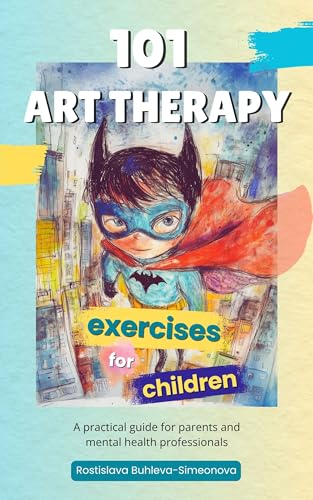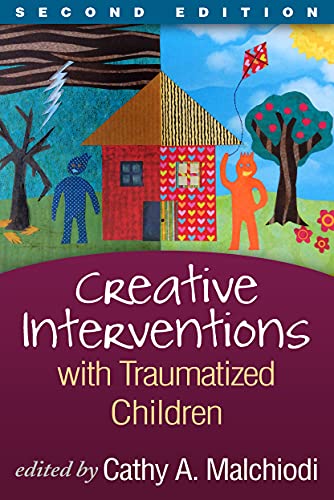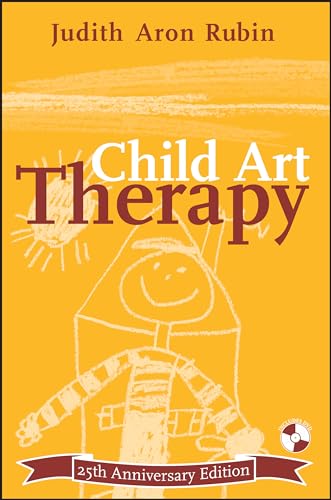If part one was a mirror, part two is a flashlight—shining into the corners where good intentions quietly go astray. Parenting missteps aren’t signs of failure; they’re evidence of being human in the hardest role on earth. These next ten mistakes trace how everyday habits—rushing, rescuing, overpraising, or tuning out—can subtly sculpt a child’s developing mind. Each comes paired with an art therapy exercise, not as a cure, but as a creative way to reconnect, repair, and reimagine the parent–child bond. The goal isn’t perfection—it’s awareness.
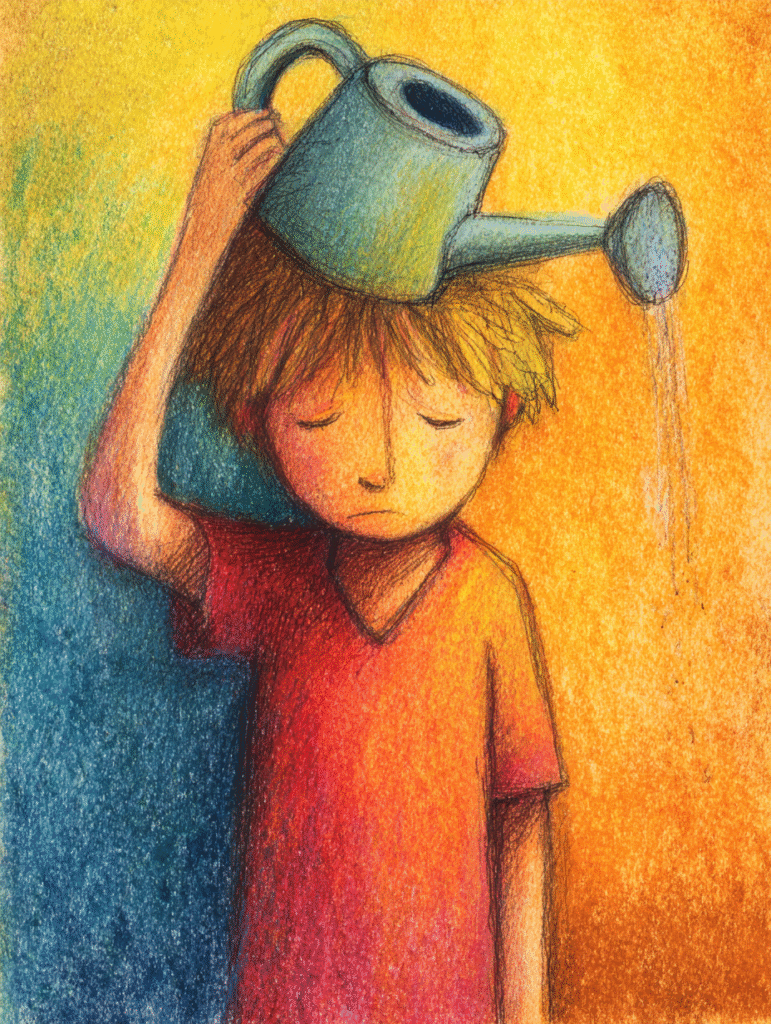
11. The Praise Flood
Telling your child they’re amazing every five minutes sounds positive—but too much praise, especially vague praise (“You’re so smart!”), can backfire in different ways. Some children respond by becoming avoiders, shying away from challenges to protect the praise they’ve been given, hesitant to try anything that might reveal they’re not “amazing.” Others become overachievers, chasing constant approval and perfection, measuring self-worth by outcomes rather than effort. Over time, both paths can lead to fragile self-esteem, and in adulthood, may show up as impostor syndrome or chronic anxiety about being “found out.”
Art-Therapy Intervention: My Secret Treasure Map
My Secret Treasure Map helps children visualize their personal goals and the steps to reach them. They learn to recognise skill, effort, and achievement rather than innate talent. Children design pathways, obstacles, and rewards themselves, emphasizing growth through persistence. Parents observe and support but don’t dictate, reinforcing that worth comes from trying and learning, not constant external praise.
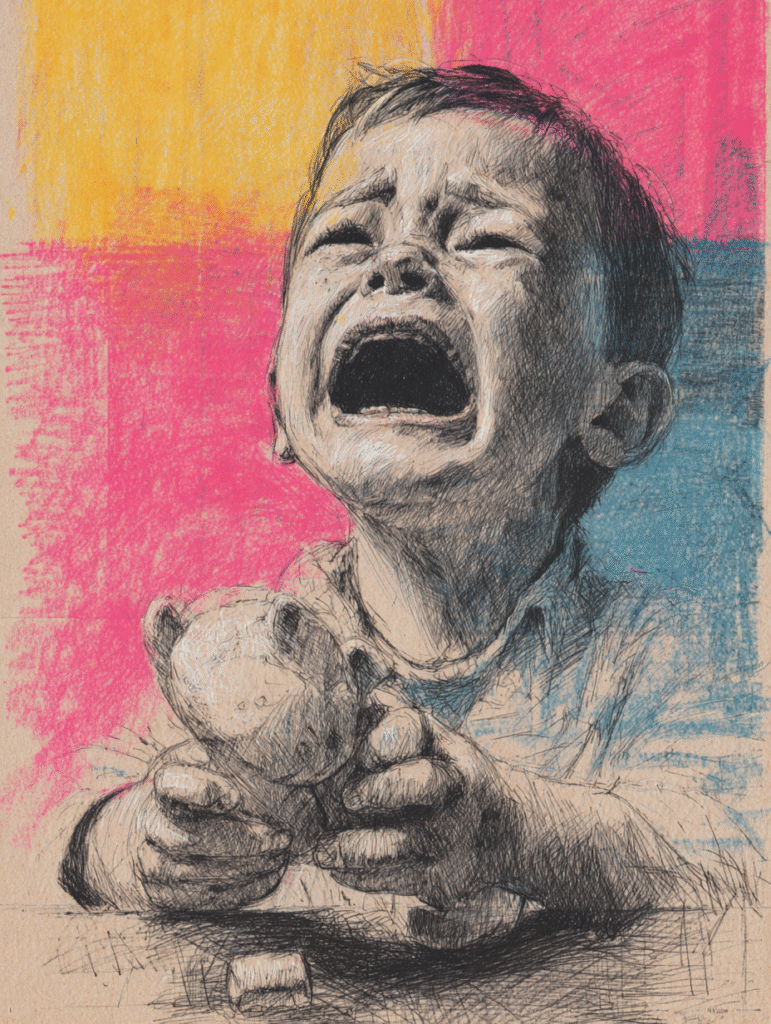
12. The Fix-It Reflex
Parents often jump in to solve every problem—forgotten homework, playground conflict, broken friendship. But this “rescue reflex” quietly robs kids of self-efficacy. Albert Bandura’s self-efficacy theory (1977) shows confidence grows through mastery experiences, not observation. When adults constantly intervene, kids never feel their problem-solving works. Later, even small challenges feel overwhelming.
Art-Therapy Intervention: Mistake Mountain
Mistake Mountain gives children a visual language for trial and error. They draw or paint a mountain, adding each “problem” as a step upward, symbolizing effort and persistence. Parents participate by drawing their own mountain, modelling that even grown-ups climb. The artwork turns struggle into ascent, proving capability builds from trying, not rescue.
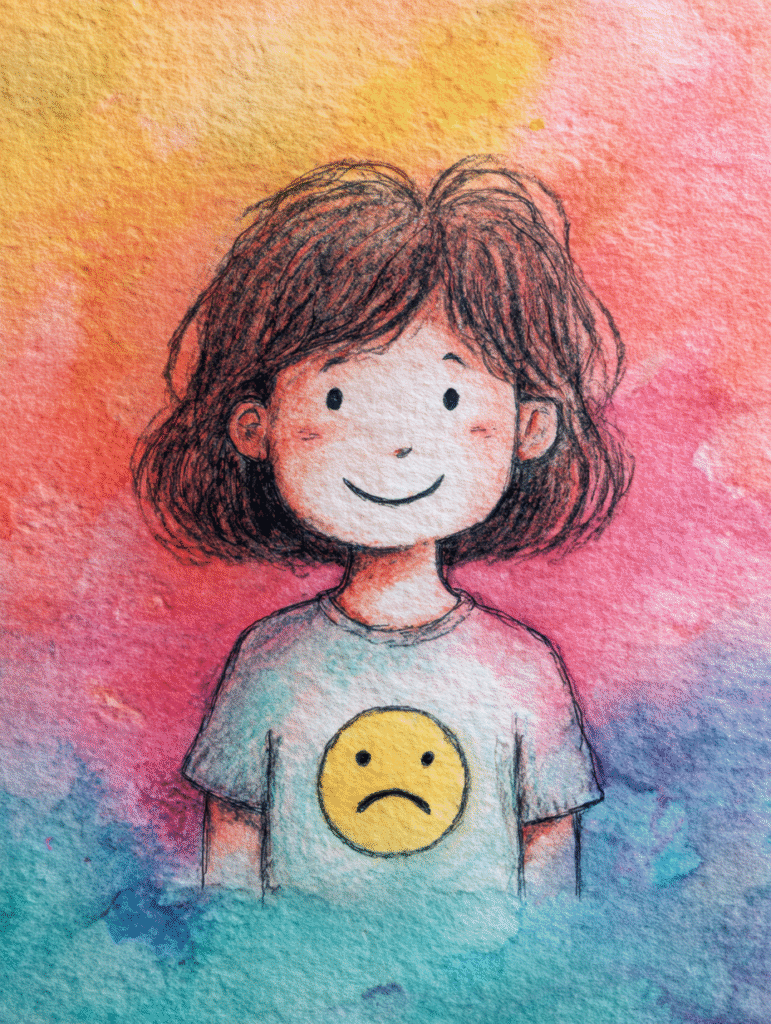
13. The Happiness Mandate
“Smile for Grandma.” “Don’t be sad, it’s not a big deal.” Forcing positivity teaches kids that negative feelings are unacceptable. Research on emotion regulation (Gross, 1998) shows suppressing sadness increases stress and lowers empathy. These kids grow into adults who fake cheer while battling internal exhaustion.
Art-Therapy Intervention: Feelings Weather Map
The Feelings Weather Map invites emotional honesty. Children use weather symbols—rain, storms, sunshine—to represent inner states, while parents create their own beside it. Comparing both maps normalizes emotional variability: some days are cloudy, others bright. The shared drawing process becomes a visual reminder that all feelings have a place under the same sky.
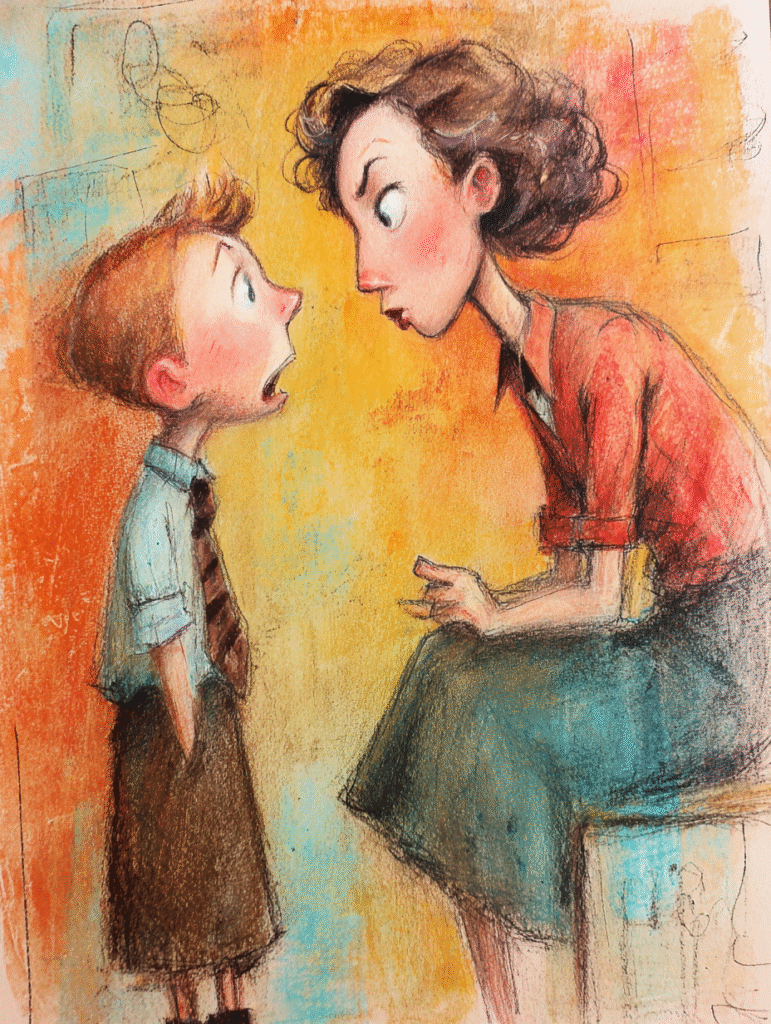
14. The “Because I Said So” Script
Rigid authority—without explanation or empathy—may yield short-term compliance but long-term rebellion. Baumrind’s parenting typologies (1967) show authoritarian approaches stunt internal moral reasoning; kids follow rules from fear, not values. When control replaces conversation, adolescents test boundaries in secret.
Art-Therapy Intervention: Story Stones
Story Stones gives children and parents a hands-on way to explore family rules, consequences, and choices. Each stone represents a scenario, action, or emotion, and together they create a story of how decisions affect the household. The child arranges the stones and tells the story, while the parent participates as a listener or contributor without overriding the narrative. This exercise transforms rigid directives into shared understanding and co-created meaning.

15. Micromanaging Emotional Responses
Some parents constantly try to control how their children feel—intervening when they cry, get frustrated, or show disappointment, offering immediate solutions or telling them to “calm down.” While well-intentioned, this prevents children from learning to tolerate, regulate, and understand their own emotions. Over time, they may struggle with emotional resilience, become dependent on external reassurance, or avoid situations that might provoke strong feelings.
Art-Therapy Intervention: Emotion Charades
In the Emotion Charades session, children draw or act out a feeling without words, while parents guess or respond empathetically. This allows children to explore emotions safely, recognize subtle variations in feelings, and develop self-awareness. Parents practice observation over control, modelling emotional presence without interference.

16. The Achievement Proxy
Parents sometimes chase their own unmet ambitions through their child—the unfulfilled musician raising a prodigy, the former athlete managing every game. Research on enmeshment and identity diffusion (Minuchin, 1974) shows that when parental identity fuses with performance, children lose a sense of self apart from “pleasing.”
Art-Therapy Intervention: Design Your Own Name
In Design Your Own Name, children reimagine their name as a unique visual symbol—through shape, colour, or pattern—while parents create their own beside it. The exercise reasserts individuality and rebalances identity boundaries: a shared page, two distinct voices. It says quietly, “We belong together, but we are not the same.”

17. Fear-Based Overcorrection
After one risky event—an accident, a scare—parents sometimes clamp down too tightly. This “trauma echo” communicates: the world is dangerous, you can’t handle it. Children internalize anxiety, perceiving threat everywhere. Over time, avoidance replaces exploration, echoing patterns seen in anxiety disorder development (Field & Lester, 2010).
Art-Therapy Intervention: Crossing a River
Crossing a River helps children externalize fear and rediscover courage. They draw or paint a river separating them from something they want to achieve, then add creative “stepping stones” to represent bravery, support, or develop different strategies for overcoming obstacles. The process reawakens safe risk-taking and emotional resilience.
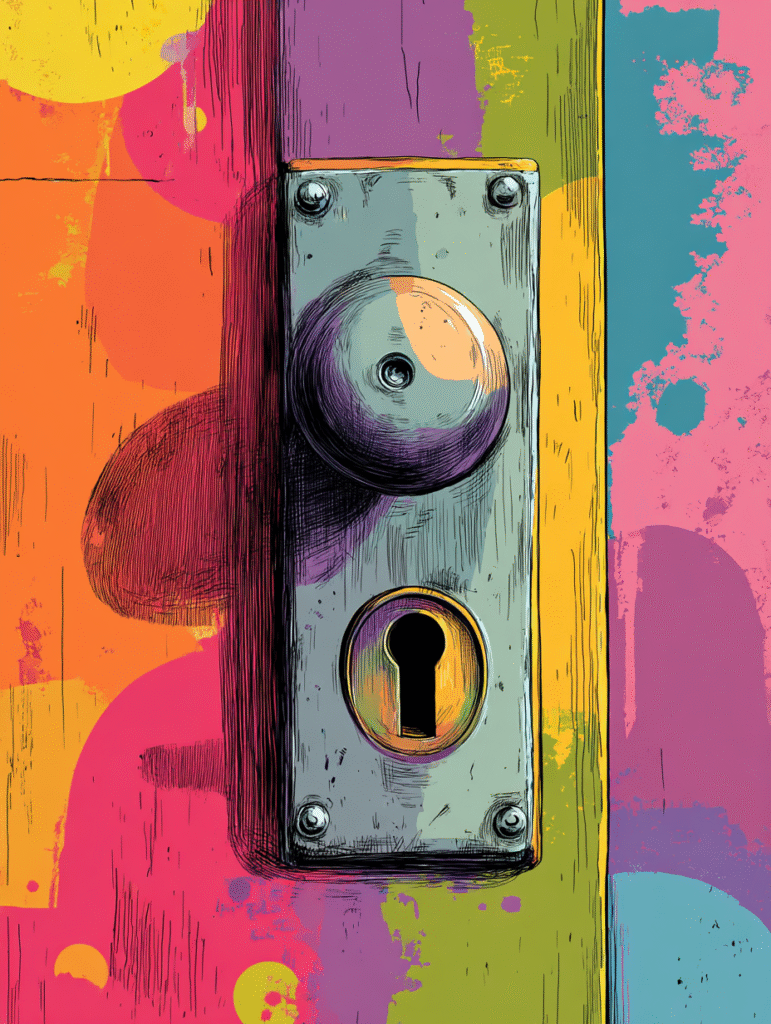
18. The Privacy Invasion
Reading diaries, checking phones, or listening at doors masquerades as concern but teaches distrust. Research on autonomy support (Soenens & Vansteenkiste, 2010) shows psychological control predicts rebellion, secrecy, and low self-esteem. Respectful curiosity—not surveillance—breeds honesty.
Art-Therapy Intervention: Personal Boundaries Shield
The Personal Boundaries Shield turns privacy into protection, not defiance. Children design a symbolic shield showing what parts of their life feel private, shared, or open. Parents make one too, discussing where overlap feels safe. The shared art makes abstract boundaries visible, replacing intrusion with understanding.
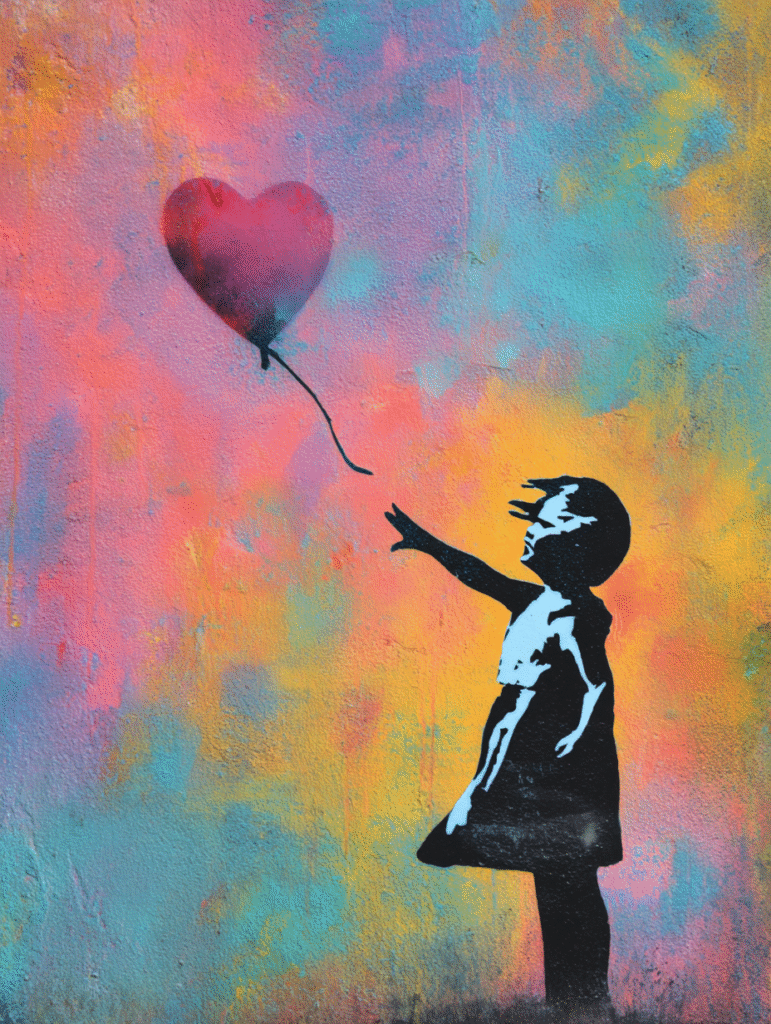
19. Conditional Affection
When love feels earned—“I love you when you’re good”—children learn to hide their authentic selves. Rogers’ concept of unconditional positive regard (1959) underscores that consistent love forms the foundation for self-worth. Conditional affection plants lifelong fear of rejection and chronic people-pleasing.
Art-Therapy Intervention: My Feelings Faces
My Feelings Faces allows children to create a series of expressive faces representing different moods—joy, anger, guilt, pride—and to colour them freely. Parents join in, mirroring or adding their own. The focus shifts from “good” and “bad” feelings to acceptance of the whole emotional range, reaffirming that love remains through every expression.

20. The Lost Playmate
When parents forget to play—too tired, too busy, too “grown-up”—children lose their first model for joy. Play is not frivolous; it’s how empathy, flexibility, and imagination develop (Panksepp, 2005). Without shared laughter, relationships become purely managerial—rules without connection.
Art-Therapy Intervention: Magic Wand
The Magic Wand rekindles playfulness and creativity. Parent and child each craft and decorate a wand using simple materials, infusing it with symbols of joy, imagination, or wishes. They then use their wands to “cast” spells, projecting desires, thoughts and feelings. The act reawakens shared laughter and connection.
Conclusion
Parenting is a constant experiment in presence, patience, and perspective. The mistakes explored here—from overpraising and rescuing, to rigid rules and forgotten play—aren’t failures; they’re traces of intention meeting human limits. Each misstep shapes a child’s world, often in ways we don’t see, but each also offers a doorway back. Art therapy provides a bridge: a shared moment to slow down, observe, and translate feelings into something tangible. Through drawing, collaging, or crafting together, parents and children explore fears, celebrate effort, and reconnect beyond words. The real work isn’t erasing mistakes—it’s learning to turn them into shared understanding, creativity, and a bond that can grow stronger every step of the way.
Some of the links on this blog are affiliate links, which means I may earn a commission if you make a purchase using the link. This comes at no additional cost to you. I only recommend products or services that I believe in and think will be valuable to my readers. I am also hoping you might consider purchasing my book 101 Art Therapy Exercises for Children: A Practical Guide for Parents and Mental Health Professionals. Thank you for supporting this blog!

Rostislava Buhleva-Simeonova is a psychologist, art therapist, and gamificator. She has worked with children, adults, and the elderly within various therapeutic programmes over the past eight years, all the while providing the much-needed playful twist that art and gamified experiences can bring to this sometimes uneasy setting. But it wasn’t until the birth of her daughter, Aurora, that this work took on an even deeper personal meaning. With her academic and real-life experience, honed through numerous trainings and sessions, she is currently authoring books and articles in the field of child psychology and development, offering expertise in art and play therapy to guide parents and caregivers, as well as professionals in the fields of social work and mental health, throughout various pivotal moments in children’s lives. Last but not least, all of her books have been “peer-reviewed” by her daughter, who testifies to the efficiency of these methods.

